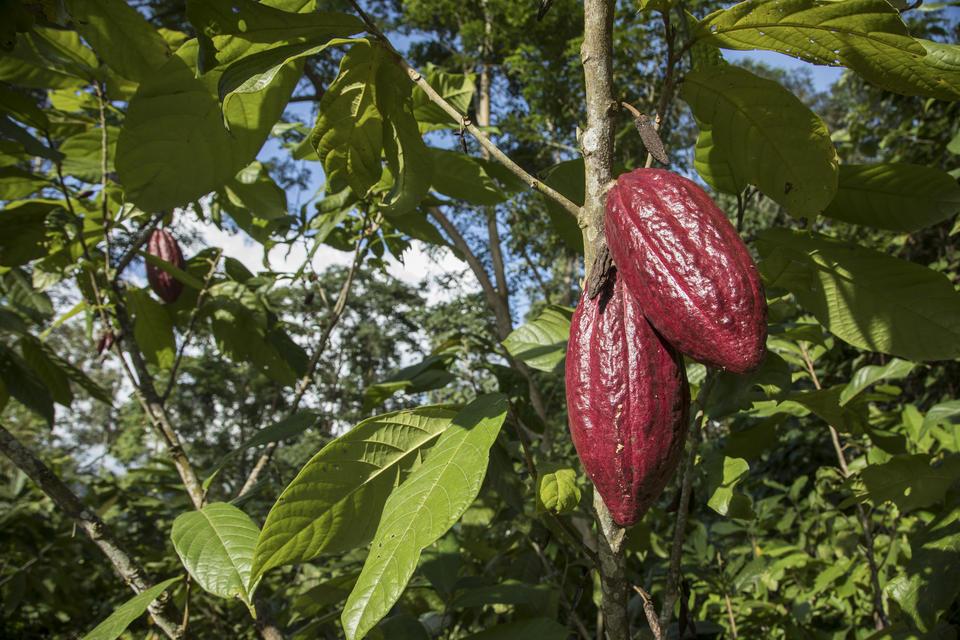Emissions Reduction in the Colombian Amazon: The Case of Caquetá
- From
-
Published on
18.09.24
- Impact Area

Colombia has been a pioneer in adopting ambitious policies that seek to meet its climate commitments, such as a 51% reduction in emissions by 2030 and carbon neutrality by 2050. These goals are especially relevant in regions such as Caquetá, the region with the third-highest greenhouse gas emissions.
Livestock and cacao are important value chains in this region of the Amazon, not only because of their economic value, but also because of their capacity to contribute to rural development and peace building in areas affected by years of conflict. The study in Caquetá revealed which stages of these production chains generate the most emissions.
Related news
-

Mapping for Resilience: How Spatial Data is Transforming Karamoja Cluster
Ibukun Taiwo02.07.25-
Climate adaptation & mitigation
Pastoral communities in the Karamoja Cluster (a region spanning Kenya, Uganda, South Sudan, and Ethi…
Read more -
-

Building Resilience and Regeneration: The Central Highlands Ecoregion Foodscape (CHEF)
Sehlule Muzata02.07.25-
Climate adaptation & mitigation
At the CGIAR Sustainable Farming Program (SFP), we believe that collaboration is essential for trans…
Read more -
-

Planting with Precision: How Weather and Climate Information is Changing Bean Farming in Rwanda
The Alliance of Bioversity International and the International Center for Tropical Agriculture (CIAT)01.07.25-
Climate adaptation & mitigation
Imagine weather information as a GPS for farmers. Without it, the journey becomes uncertain, filled…
Read more -
